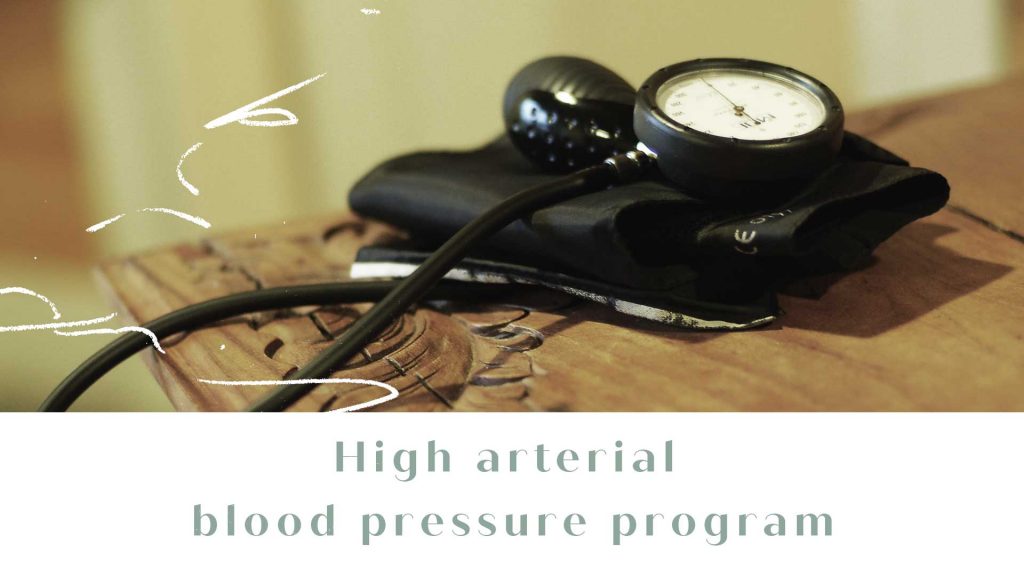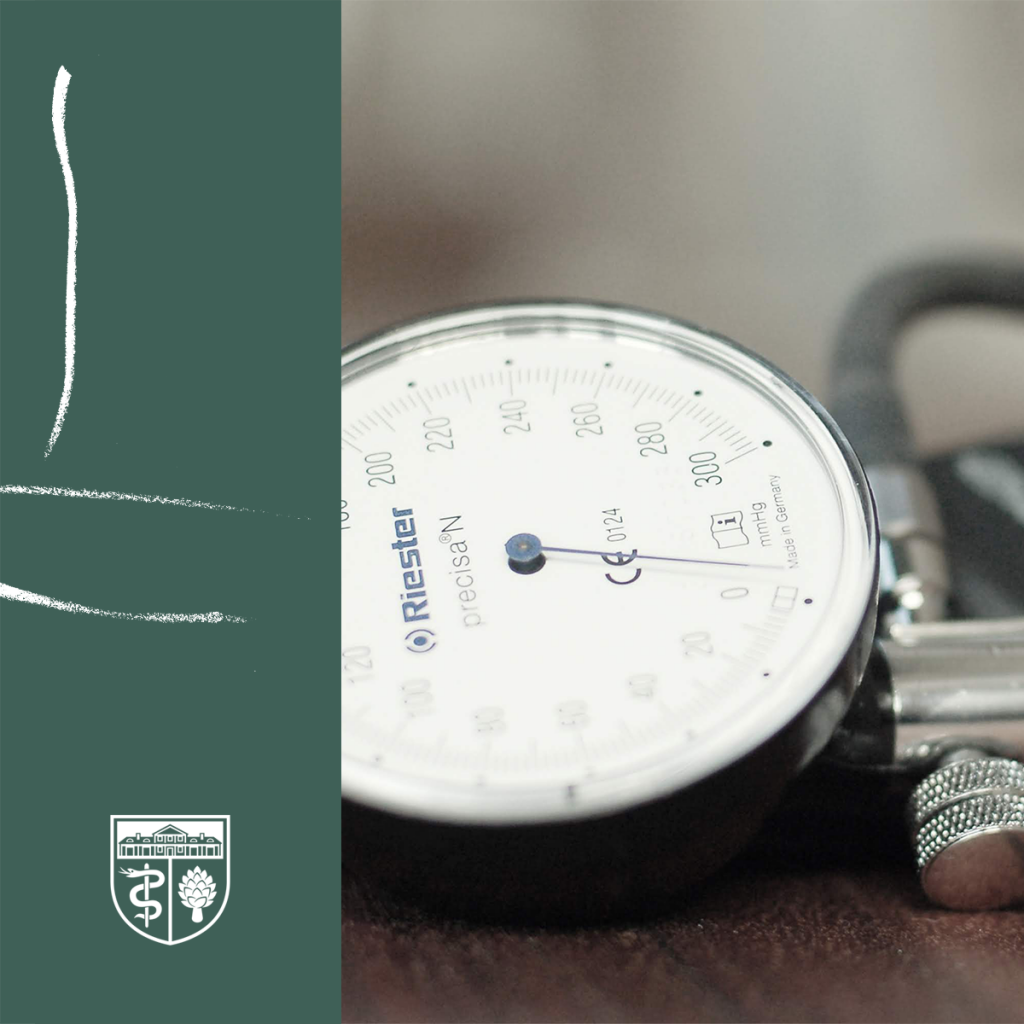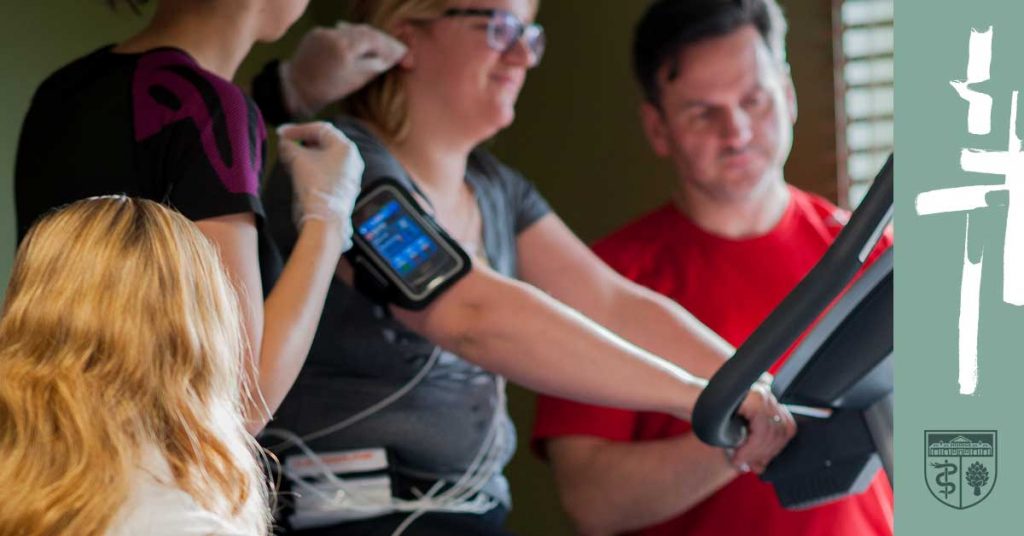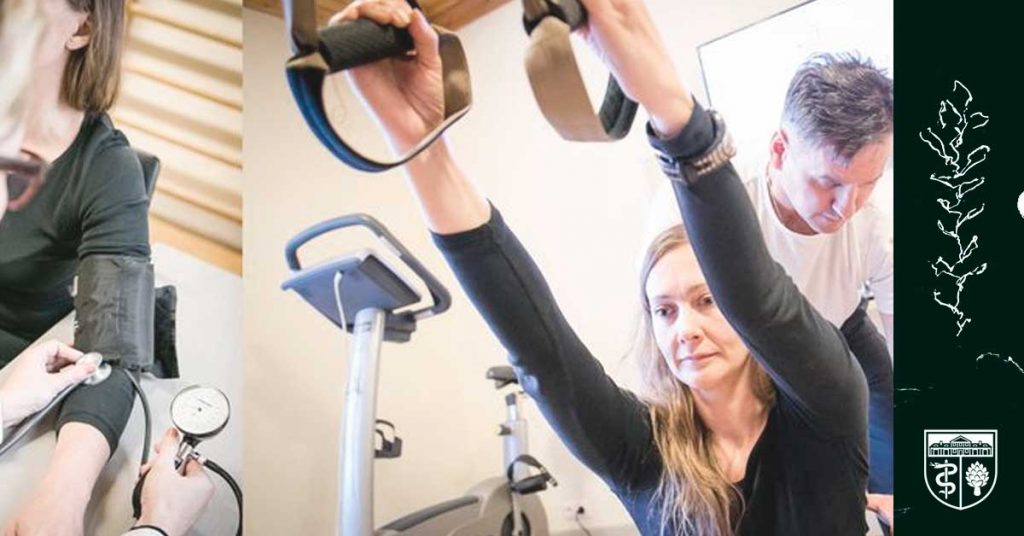

High arterial blood pressure program
A individualized exercise therapy program focused on lowering your blood pressure which:
- Reduces the need for medication
- Reduces the risk of stroke, heart attack, heart failure, kidney failure, heart rhythm problems and other life-threatening complications.
Treatment program for high blood pressure consists of 3 stages:
- Establishment of your clinical profile, diagnose and testing response to exercise;
- Implementation of a 7-day physical exercise program at Paliesius manor;
- Post-program monitoring.

Step 1 - establishment of your clinical profile and testing response to exercise
1.1 Establishment of your clinical profile and testing response to exercise
Treatment starts with a doctor’s consultation and an establishment of your risk classification to ensure that treatment with physical activity can be implemented safely.
Treatment of diabetes has a basis in insulin sensitivity and weight loss in the case of being overweight, but a thorough clinical profile is important for a sustainable result and treatment of any comorbidities.
1.2 Health and functional testing
During the doctor’s and cardiologist’s examination, standard clinical tests are performed to evaluate blood pressure, blood testing, skin, lungs, throat and heart, as well as to diagnose specific tests.
Laboratory blood tests are made for screening and evaluation of the major systems: cardiac, circulatory, digestion, kidney function and muscles. Testing also includes parameters for minerals, thyroid hormones, blood fats and glucose.
1.3 Functional and Body Composition Assessment
This assessment is made by using the following measures: Cardiopulmonary exercise testing (CPET), Body Composition Analysis (BCA) and assessment of muscle and skeletal system.
Cardiopulmonary exercise testing (CPET) evaluates cardiopulmonary systems and function, as well as response to exercise.
Body Composition Analysis (BCA) is a method of measuring the body’s fat, protein, minerals and water. Body composition and healthy weight management are major factors in treatment of Diabetes.
Assessment of muscle and skeletal system done with a physiotherapist.

Step 2 – Implementation of the physical exercise program
During a 7-day program at Paliesius mansion the treatment is initialized, your health and functional assessment is transformed into an initial recipe for physical exercise. With the information on the physical response to physical exercise, the recipe can be highly individualized.
The recipe is always individual and based on FITT-VP principles: frequency, intensity, time, type, volume, progression.
Physical exercise recipe FITT-VP:
F – Frequency (Times per week)
I – Intensity (Effort zone measured in heart-rate)
T – Time (Duration per session)
T – Type (Type of physical exercise)
V – Volume (MET- Metabolic equivalent turnover)
P – Progress (How the program advances)
2.1 Execution and modification of the physical exercise recipe
Physical exercise recipe is carried out under guidance of a trainer and a physiotherapist, while you are monitored under a supervision of a doctor for clinical safety and adaptation of the recipe.
2.2 Testing and methods used for monitoring and evaluation
Glucose is an important measure in evaluation of insulin sensitivity and stabilization of glucose levels and these tests are always done regularly. Glucose levels are used for direct modification of exercise recipe and diet. Usually a reduction in medication is necessary as the insulin sensitivity is increased during treatment.
ECG is measured constantly for clinical safety and signs of heart issues and overuse symptoms.
BCA is made daily for feedback on exercise and diet for immediate adaptation of recipe and diet.
Tests for continuous monitoring and modification of physical exercise recipe.
• ECG
• Blood pressure
• Glucose
• Lactate
• Heartrate
• BCA
• Subjective reactions
2.3 Diet
During the program, you are provided with a healthy and balanced diet and knowledge to make good food choices. Your diet is carefully balanced with the physical activity according to MET (metabolic equivalent turnover).

Step 3 - Post-program monitoring and recommendations
After the program, you receive recommendations with a plan for further actions. The plan includes a physical exercise recipe, diet recommendations and expected outcome.
Continuous communication is provided to support and monitor the progress of the physical exercise recipe.

